Myths of Holi
The origins of Holi can be traced back to Hindu mythology, particularly the legends of Lord Krishna. One popular legend is that of Krishna and Radha, where young Krishna, with his blue complexion, playfully applied colors on Radha and her friends, thus starting the tradition of playing with colors during Holi. Another legend associated with Holi is the triumph of good over evil through the story of Prahlad and Holika, signifying the victory of righteousness and devotion.
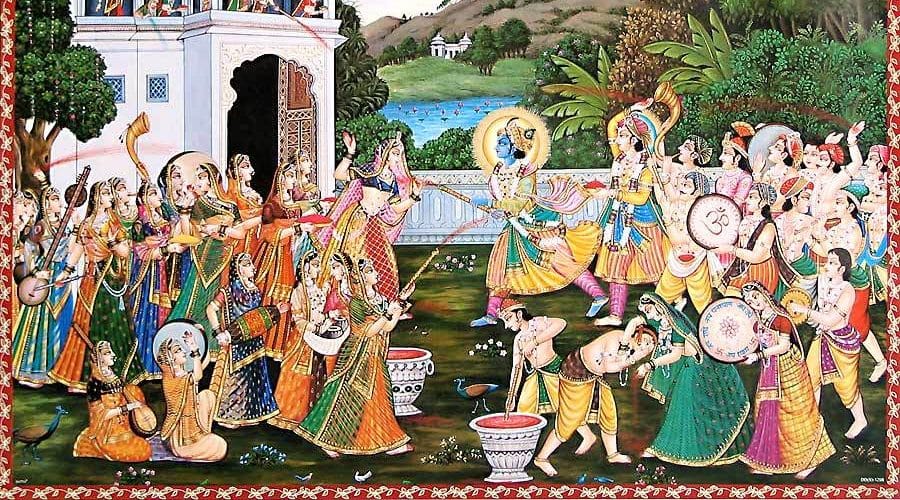
Holi Celebration
Holi is celebrated with immense enthusiasm and joy across India and in various parts of the world. The festivities typically begin with a Holika Dahan, where bonfires are lit to symbolize the burning of evil spirits. The next day is when the real fun begins, as people come together to play with colors. Bright powders, known as ‘gulal,’ are used to smear each other’s faces, and water guns and balloons filled with colored water add to the merriment.
Music and dance are integral parts of Holi celebrations, with traditional folk songs like “Holi Khele Raghuveera” adding to the festive atmosphere. People also indulge in delicious sweets and snacks, including gujiya (sweet dumplings), thandai (a refreshing drink), and other regional delicacies.
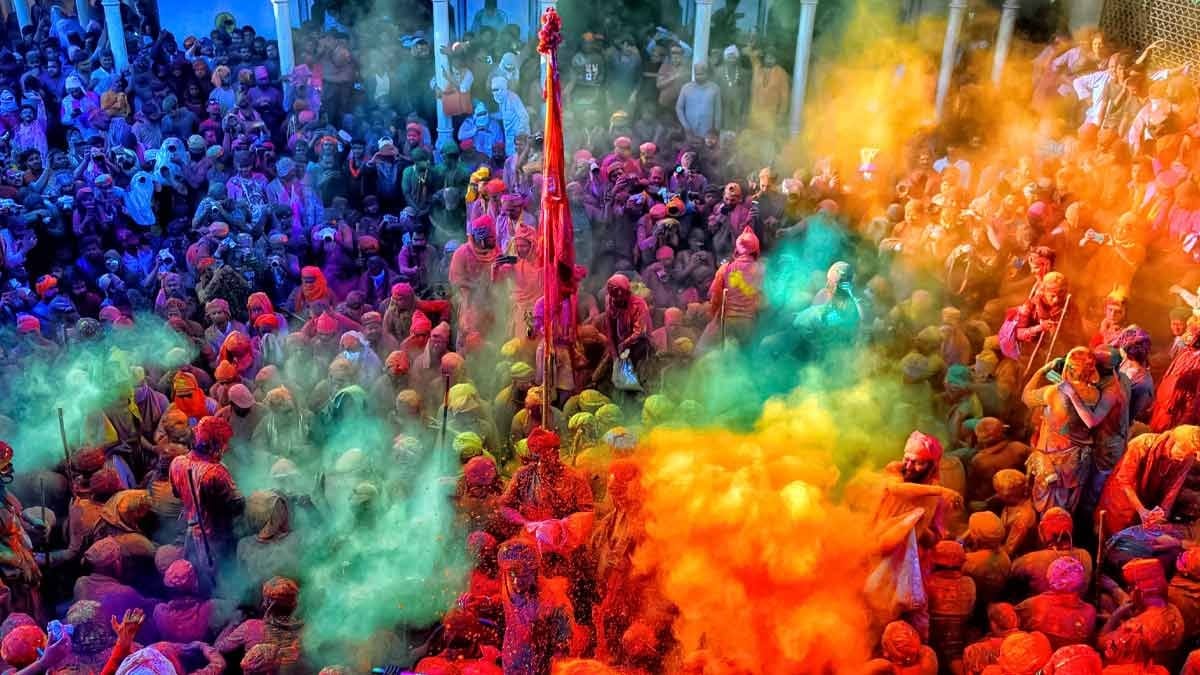
Precautions During Holi
While Holi is a time of joy and camaraderie, it’s essential to take certain precautions to ensure a safe and enjoyable celebration. Here are some tips to keep in mind:
Use natural and safe colors: Opt for organic or herbal colors that are skin-friendly and non-toxic. Avoid using industrial dyes or chemicals that can cause skin allergies or irritation.
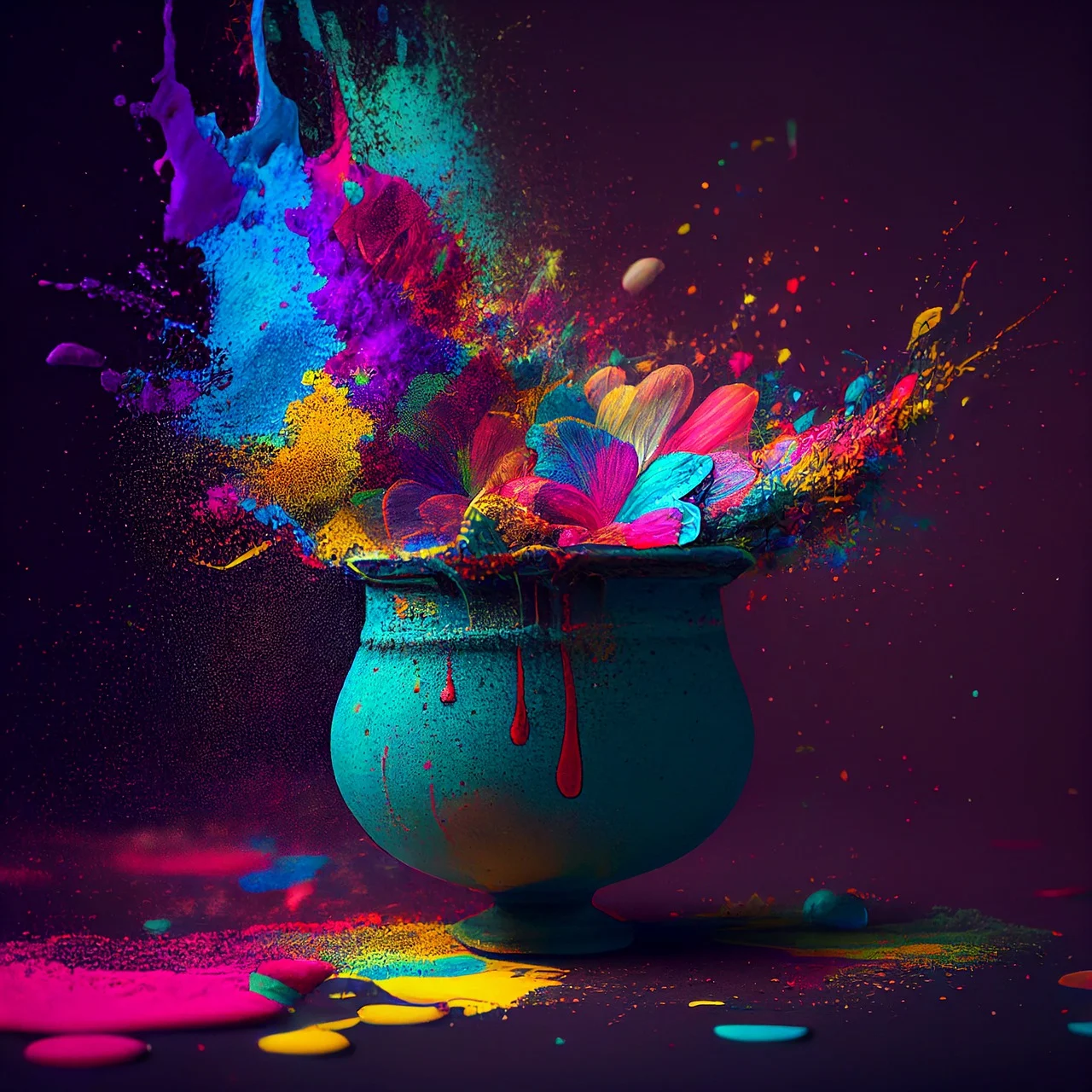
Protect your eyes: Wear sunglasses or goggles to shield your eyes from color powders or water. Encourage others to do the same, especially children.
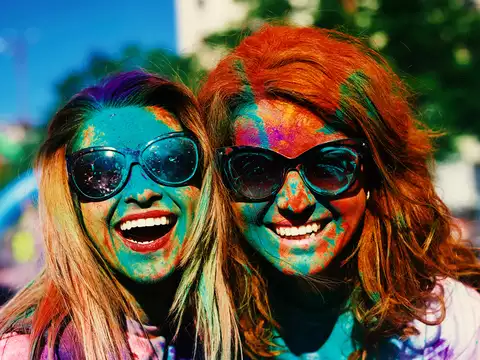
Stay hydrated: With all the outdoor activities and dancing, it’s crucial to stay hydrated. Drink plenty of water and avoid excessive consumption of alcohol.
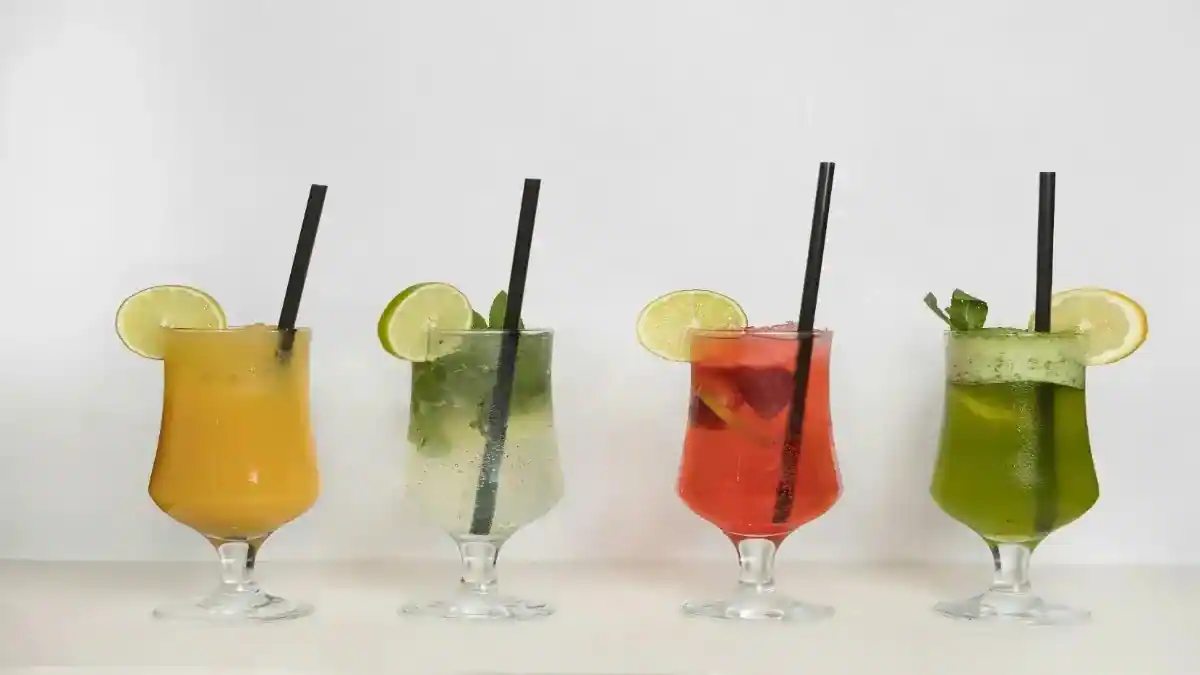
Respect boundaries: While playing with colors, be mindful of others’ comfort levels. Respect people who may not want to participate or have health concerns.
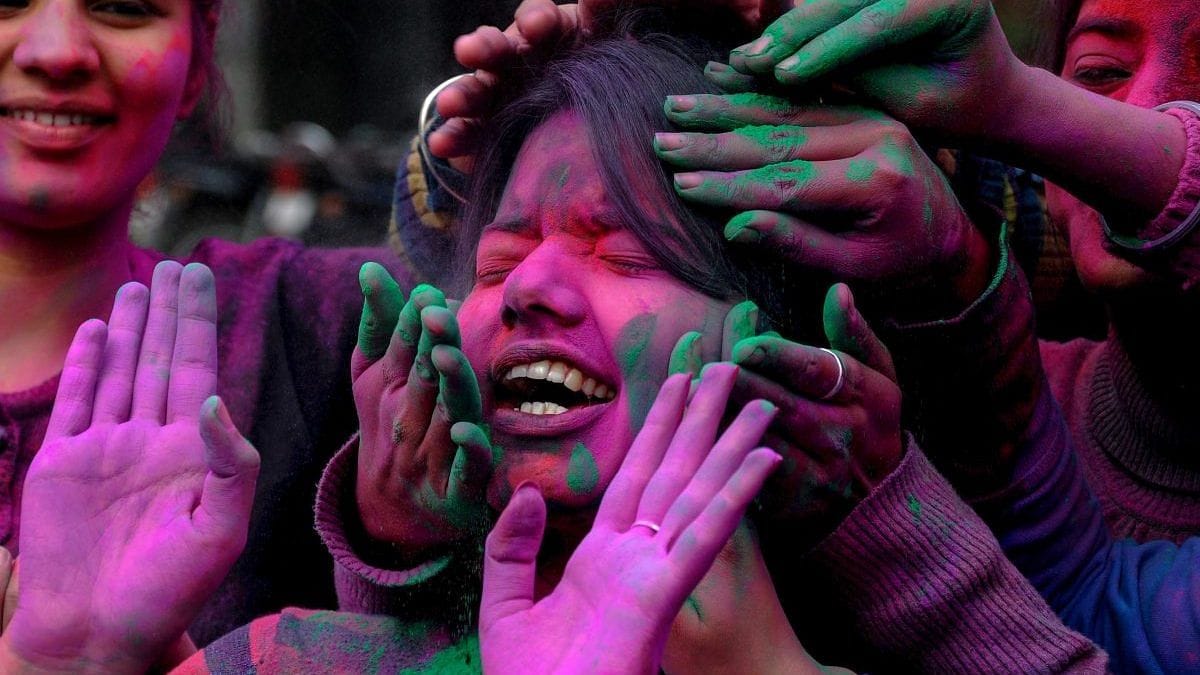
Skin and hair care: Apply oil or moisturizer on your skin and oil your hair before playing Holi. This helps in easy removal of colors later and prevents damage to your skin and hair.

Traditional Holi Foods
No Holi celebration is complete without indulging in a variety of mouthwatering dishes. Some popular traditional Holi foods include:
Gujiya: Sweet dumplings filled with khoya (milk solids), nuts, and dried fruits, deep-fried and coated with sugar syrup.
Thandai: A refreshing milk-based drink flavored with a mixture of almonds, pistachios, cardamom, saffron, and other spices.
Puran Poli: A sweet flatbread stuffed with a mixture of lentils, jaggery, and cardamom, typically served with ghee.
Dahi Vada: Fried lentil dumplings soaked in spiced yogurt and topped with tamarind chutney, mint sauce, and crispy sev.
Bhang Pakoras: Fritters made with bhang (cannabis paste) mixed with gram flour and spices, often consumed as a festive treat (legal restrictions may apply).
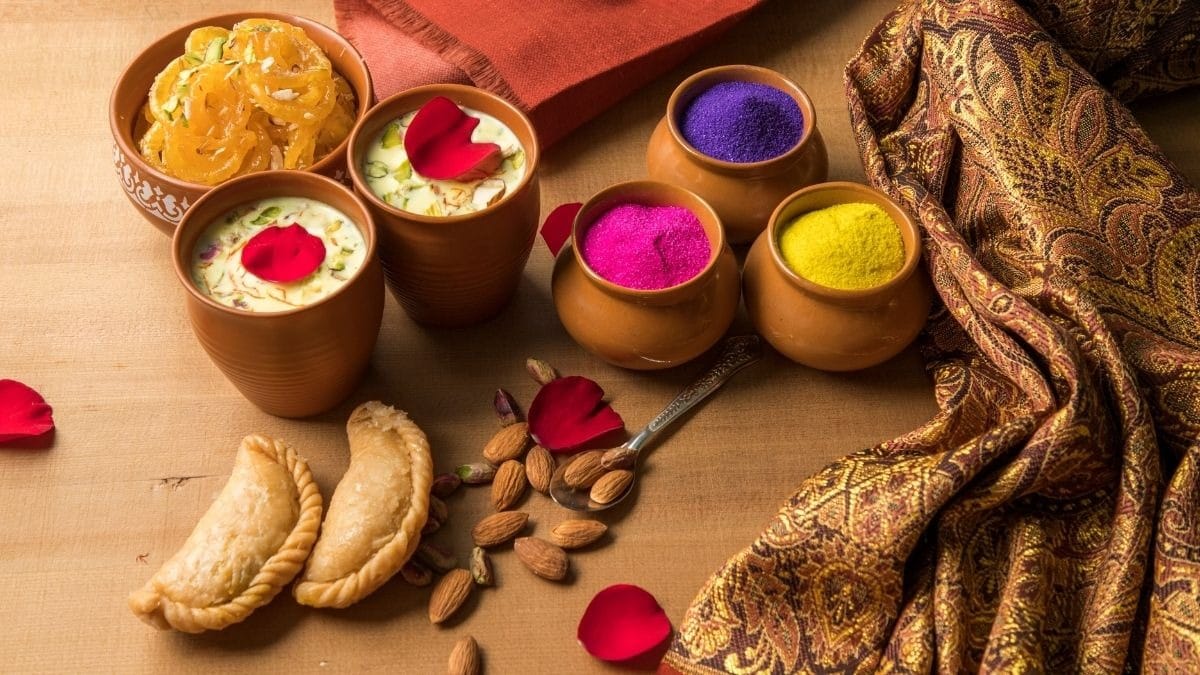
Holi is a festival that embodies the spirit of joy, unity, and cultural richness. It’s a time when people set aside their differences, come together in colorful harmony, and create unforgettable memories. By understanding the origins, traditions, precautions, and culinary delights associated with Holi, we can truly appreciate the depth and beauty of this vibrant celebration. So, let’s immerse ourselves in the colors of Holi and spread love and happiness wherever we go!